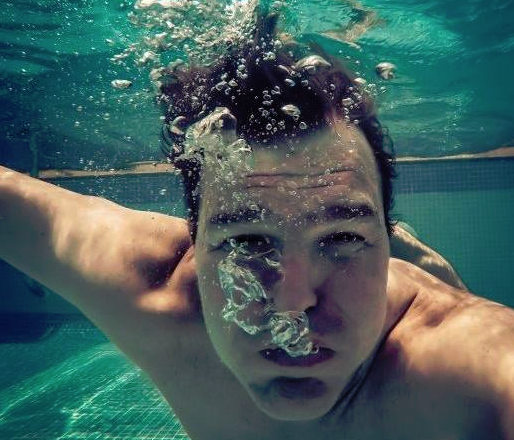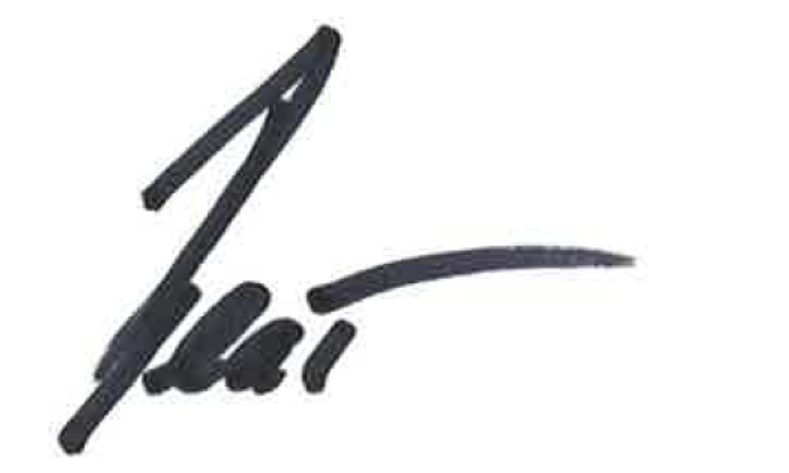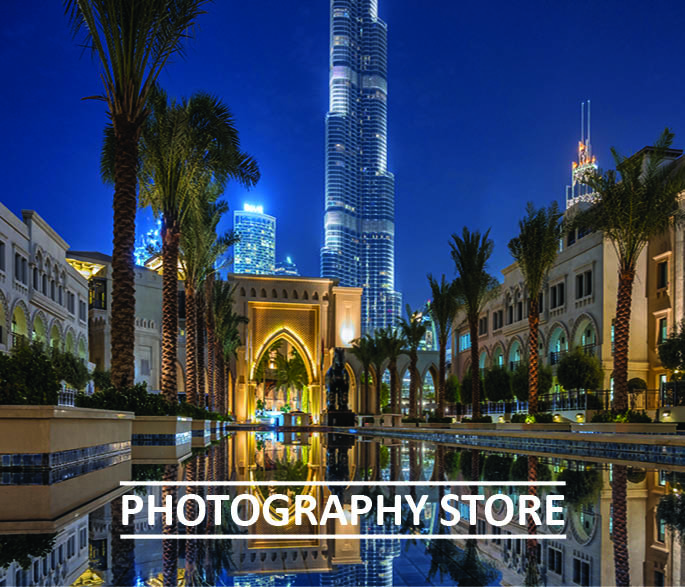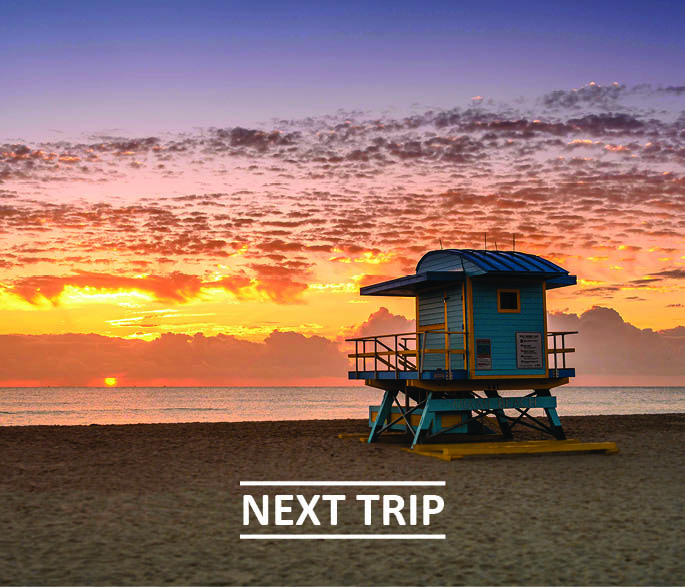One of the most beautiful discoveries and big surprises on my journey was Theth National Park in Albania. As I started driving from the southern (see the post here) to the northern regions of Albania and had already seen some mountain ranges along the way.
However, the Theth National Park exceeded them all, presenting a green vegetation in contrast to the mountain landscapes I had encountered in the south. If I ever have the chance to return, I would undoubtedly plan for more than just a single night’s stay. Regrettably, I missed out on several potential hiking trails due to my late arrival and early departure with the photography group.
One of the most beautiful moments of our visit was capturing the photograph shown in this post below. We were able to see the milky way with our bare eyes!
It took us two attempts to capture the Milky Way exactly as it appears in the photograph. We scouted multiple locations for this shot, and upon reaching our preferred spot, some clouds decided to make their way into the frame.
Frustrated, I have decided that I don’t want to capture a cloud trail and walked back to the hotel with the group. Over a beer, I announced our plan to regroup in an hour to reevaluate the cloud situation. Although the Milky Way remained visible, the surroundings were shrouded in darkness, obscuring most of the landscape. So, we returned to our chosen location and took another shot to check for cloud interference – and voila – Here is the Theth National Park in Albania during the night!
Photography Tip: Capturing the Milky Way:
I am currently working on an eBook that covers the entire process of capturing stars. This eBook will focus on the whole process, from camera setup and settings to capturing the scene and post-processing. It will soon be available in my online store.
What I can already share is that you should forget everything you know about regular landscape photography settings I ever told you. The parameters are quite different when shooting the night sky.
First, attach a wide-angle lens with a low aperture, such as F2.8 or lower. Then, push the ISO as high as your camera allows; those settings are depending on your camera model. For this particular photo, my ISO was set at 1600 at my Nikon Z7 II.
Keep your shutter speed under 25 seconds to prevent star trails.
By the way, you’ll need to switch your camera to Manual (M) mode to access these settings.





